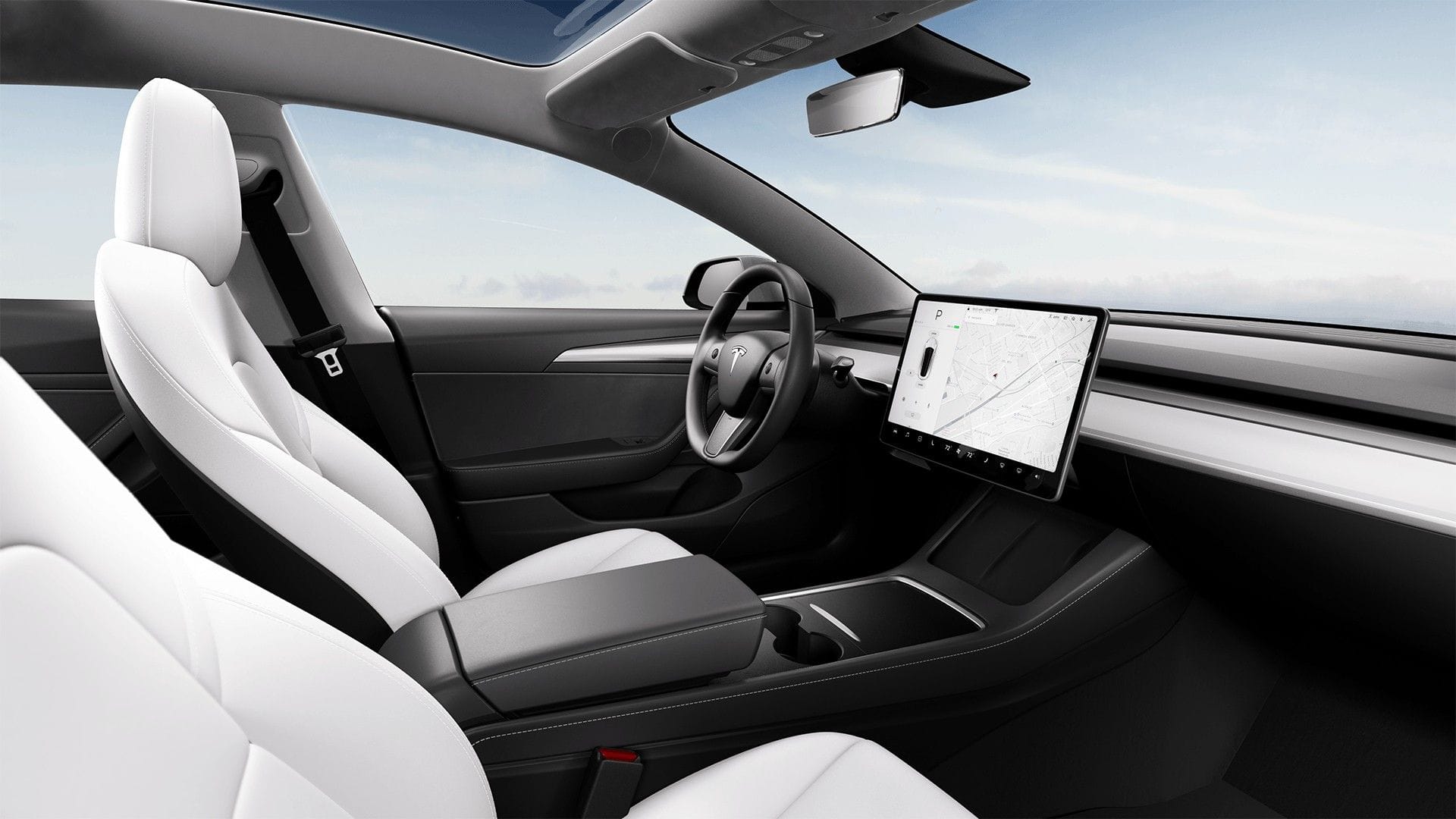The use of Tesla’s advanced driver assistance system has once again become a focal point of discussion, this time due to reported claims of misuse. It is alleged that some Tesla drivers, believing the system to be sufficiently advanced, are engaging in reckless behaviors, including steering with their knees while using their mobile devices. This assertion, if true, highlights the complex challenges associated with the implementation of automated driving technologies. While the exact frequency of such incidents remains undetermined, the possibility alone raises considerable concerns regarding driver behavior and the appropriate use of sophisticated vehicle systems. The current Tesla system, referred to as “Full Self-Driving” (FSD) by some, is classified as an advanced driver-assistance system (ADAS), not a fully autonomous system. It is designed to assist drivers and requires constant supervision and driver engagement. The Society of Automotive Engineers (SAE) provides a framework for defining levels of automation, and based on this, the current FSD falls under Level 2, wherein the driver must remain attentive and prepared to take control. The potential for driver complacency and misuse emerges when the system is perceived as more capable than it actually is, as suggested by these recent reports. It is imperative to recognize that while technology can improve driving safety and comfort, it cannot fully eliminate human error or replace the responsibility of drivers. The misuse reports highlight the need for enhanced driver education regarding the limitations of current automated driving systems. It is also necessary to explore ways to prevent or discourage behaviors like using a mobile device while driving, regardless of the availability of driver assistance systems. The safety of all road users relies on the responsible operation of vehicles, and while advances in technology will continue, a focus on responsible driver behavior remains crucial. There are, however, counterarguments that the current FSD system is neither capable nor designed to allow drivers to completely disengage from the task of driving and that the claims are exaggerated or inaccurate. Regardless of these claims, driver engagement should be a top priority, no matter the advancements of technology. Furthermore, regulatory bodies may need to consider stricter policies concerning the development, deployment, and user instructions of ADAS technologies to mitigate the potential risks stemming from the misunderstanding or misinterpretation of system capabilities. The discussion also brings to light the role of media and public discourse in shaping perceptions of these technologies. Overhyped descriptions and media portrayals may lead to inflated expectations that do not align with the real-world capabilities of the current generation of ADAS technologies. A more balanced approach that focuses on accurate information dissemination and responsible reporting is crucial for fostering responsible adoption of these technologies. The conversation continues around how to best encourage safe driving behaviors, even in the presence of advanced vehicle technologies. Ultimately, driver education, regulatory measures, and ethical considerations play a combined role in assuring the benefits of driving automation are enjoyed without compromising overall safety.
Tesla’s Advanced Driver Assistance System Usage Sparks Debate



